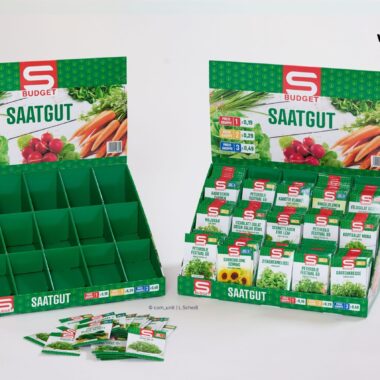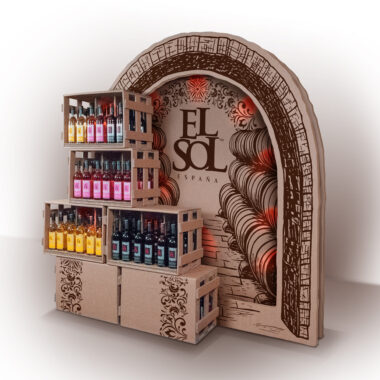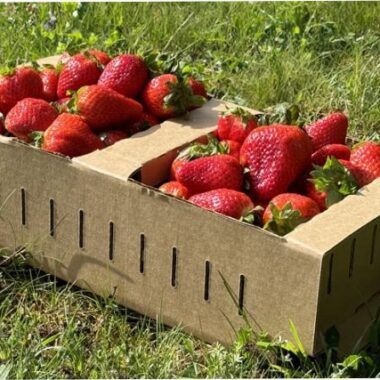 The “5 easies” are a set of conditions on the functional requirements secondary packaging must adhere to in order to be called “Retail Ready Packaging” (also known as Shelf Ready Packaging).
The “5 easies” are a set of conditions on the functional requirements secondary packaging must adhere to in order to be called “Retail Ready Packaging” (also known as Shelf Ready Packaging).
It may not seem like it, but Retail Ready Packaging was a dramatic shift in our industry’s philosophy and required a whole new approach to packaging.
In order to protect the meaning of “Retail Ready Packaging” and to stop companies from using the term freely and incorrectly, retailers, manufacturers and packaging companies got together and agreed on a set of definitions – essentially setting a standard among stakeholders. They call these the “5 easies”.
In order for packaging to be called Retail Ready Packaging, it must be:
Easy to identify
This is particularly important for goods arriving at the store in bulk. Although retailers receive a whole range of products in bulk, their staff must be able to find the products quickly and not waste time searching in the back of the store. This also reduces the risk of placement errors in storage.
To achieve this, secondary packaging must have information printed on the outside – such as the brand, product name, barcode and other information. Pictures of the products printed on the packaging are also very helpful.
Easy to open
In order to make shelf replenishment easy and fast for retail staff, the packaging must be easy to open. Clear graphic instructions are necessary and the actual opening should be efficient. Use of knives to cut open the secondary packaging should not be necessary.
Easy to replenish
This condition is closely related to “Easy to open” and again applies to putting products on the shelf. It implies that, once opened, the secondary packaging should still be transportable and not lose its structural integrity. More importantly for retailers, the secondary packaging should be stackable and make the most use of precious shelf space.
Easy to shop
“Easy to shop” takes the focus away from retailers and concerns the shopper. This implies that shoppers must be able to quickly find the product they seek from the branding printed on the secondary packaging. In addition, once they have found what they want, shoppers should be able to remove it from the shelf without difficulty… but there is a catch, they should also be able to put the product back if they made a mistake.
Easy to recycle (originally easy to dispose)
Recycling of packaging should take a minimal amount of time and storage space. Ideally, retail staff should simply be able to flatten the packaging to make it easy to transport for recycling.
Recycling is an area where the corrugated industry excels due to its vast integrated recycling collection network.
Overall, carefully designed corrugated packaging can satisfy all these conditions – it is easily printed on; incredibly strong but easy to open; easily compacted; and easily recycled. Not many other forms of packaging can satisfy the 5 easies like corrugated, and that’s why it is a material of choice for retailers.




